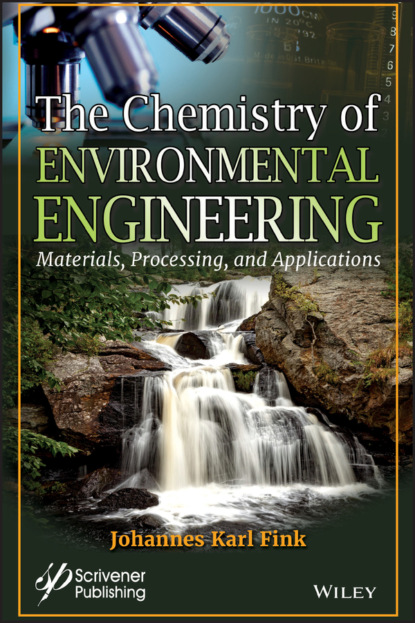- бизнес-книги
- детские книги
- дом, дача
- зарубежная литература
-
знания и навыки
- изучение языков
- компьютерная литература
- научно-популярная литература
- словари, справочники
-
учебная и научная литература
- безопасность жизнедеятельности
- военное дело
- гуманитарные и общественные науки
- естественные науки
- задачники
- монографии
- научные труды
- практикумы
- прочая образовательная литература
- сельское и лесное хозяйство
- технические науки
- учебники и пособия для вузов
- учебники и пособия для ссузов
- учебно-методические пособия
- история
- комиксы и манга
- легкое чтение
- психология, мотивация
- публицистика и периодические издания
- родителям
- серьезное чтение
- спорт, здоровье, красота
- хобби, досуг
Johannes Karl Fink — The Chemistry of Environmental Engineering
Купить и скачать за 20880.48 ₽

Понравилась книга? Поделись в соцсетях:
Автор: Johannes Karl Fink
Издатель: John Wiley & Sons Limited
ISBN: 9781119707837
Описание: The focus of this book is the chemistry of environmental engineering and its applications, with a special emphasis on the use of polymers in this field. It explores the creation and use of polymers with special properties such as viscoelasticity and interpenetrating networks; examples of which include the creation of polymer-modified asphalt as well as polymers with bacterial adhesion properties. The text contains the issues of polymerization methods, recycling methods, wastewater treatment, types of contaminants, such as microplastics, organic dyes, and pharmaceutical residues. After a detailed overview of polymers in Chapter 1, their special properties are discussed in the following chapter. Among the topics is the importance of polymers to water purification procedures, since their use in the formation of reverse osmosis membranes do not show biofouling. Chapter 3 details special processing methods, such as atom transfer radical polymerization, enzymatic polymerization, plasma treatment, and several other methods, can be used to meet the urgent demands of industrial applications. Chapter 4 addresses the important environmental issue of recycling methods as they relate to several types of materials such as PET bottles, tire rubbers, asphalt compositions, and other engineering resins. And wastewater treatment is detailed in Chapter 5, in which the types of contaminants, such as microplastics, organic dyes and pharmaceutical residues, are described and special methods for their proper removal are detailed along with types of adsorbents, including biosorbents. Still another important issue for environmental engineering chemistry is pesticides. Chapter 6 is a thorough description of the development and fabrication of special sensors for the detection of certain pesticides. A detailed presentation of the electrical uses of polymer-based composites is given in Chapter 7, which include photovoltaic materials, solar cells, energy storage and dielectric applications, light-emitting polymers, and fast-charging batteries. And recent issues relating to food engineering, such as food ingredient tracing, protein engineering, biosensors and electronic tongues, are presented in Chapter 8. Finally, polymers used for medical applications are described in Chapter 9. These applications include drug delivery, tissue engineering, porous coatings and also the special methods used to fabricate such materials.